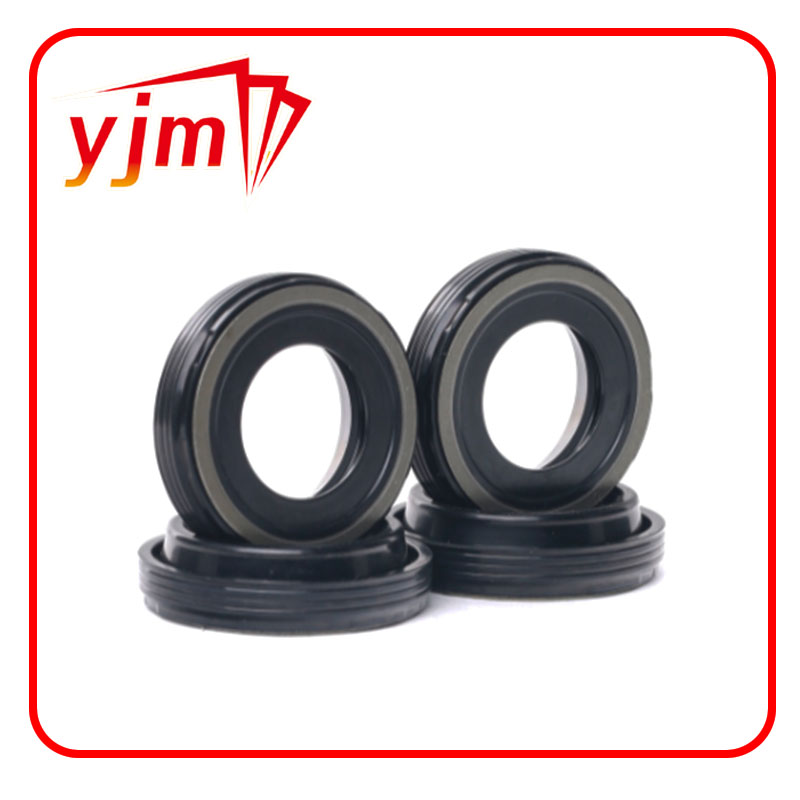High Temperature O-Rings for Optimal Performance in Extreme Environments
High Heat O-Rings The Unsung Heroes in Industrial Applications
In a world driven by rapid industrialization and technological advancement, the importance of reliable componentry cannot be overstated. One such critical component that often goes unnoticed is the O-ring, specifically high heat O-rings. These small but mighty seals play a crucial role in ensuring the efficiency, safety, and longevity of machinery and equipment operating under extreme temperature conditions.
What are O-Rings?
O-rings are circular seals typically made from elastomeric materials, designed to prevent the leakage of fluids or gases between two or more components. Their unique shape allows them to create a tight seal when compressed between parts, effectively blocking the passage of materials. O-rings can be used in a variety of applications, from household plumbing to complex machinery in aerospace and automotive industries.
The Need for High Heat O-Rings
In settings that involve high temperatures, traditional O-rings made from standard rubber compounds may fail quickly or even degrade, leading to leaks and inefficiencies. This is where high heat O-rings come into play. These specialized O-rings are engineered to withstand elevated temperatures, typically ranging from 150°C (302°F) to as high as 300°C (572°F) and beyond, depending on the material used.
Industries such as aerospace, automotive, oil and gas, and chemical processing often require high heat O-rings to maintain operational integrity. As equipment in these sectors often operates under extreme thermal conditions, standard materials simply cannot offer the performance needed. Incorporating high heat O-rings ensures a tighter sealing solution without compromising on longevity or safety.
Materials Used for High Heat O-Rings
Manufacturers produce high heat O-rings using a variety of materials that have excellent thermal resistance properties. Some common materials include
1. Fluorocarbon (FKM) Known for its high temperature and chemical resistance, FKM is ideal for many demanding applications. It can withstand temperatures of up to 250°C (482°F).
high heat o rings

2. Silicone This material is flexible and can handle a temperature range from -55°C (-67°F) to around 230°C (446°F), making it suitable for a variety of high-temperature applications.
3. Perfluoroelastomer (FFKM) Offering exceptional thermal and chemical resistance, FFKM O-rings can operate at temperatures exceeding 300°C (572°F) and are often used in the semiconductor and pharmaceutical industries.
4. Polyacrylate and Nitrile Rubber These materials can also be utilized for high heat applications, though their upper temperature limits are lower than those of FKM and FFKM.
Applications of High Heat O-Rings
The application of high heat O-rings is vast and varied. In the automotive industry, they are often used in engines, transmissions, and exhaust systems, where the environment is riddled with high temperatures and pressure. Their use ensures that vital fluids do not leak, preserving the overall health of the vehicle.
In the aerospace industry, high heat O-rings are crucial in engines and hydraulic systems, where temperature fluctuations are extreme. Any failure in these domains can lead to catastrophic results, making the role of O-rings even more critical.
The oil and gas sector also relies on high heat O-rings to seal connections in high-pressure pipelines and equipment, where maintaining integrity under thermal stress is paramount. Additionally, the chemical processing industry uses these O-rings in reactors and storage tanks, where corrosive substances may be present, necessitating materials that resist both heat and chemical degradation.
Conclusion
High heat O-rings may be small components, but their impact on industrial applications is significant. They ensure that systems operate smoothly, safely, and efficiently, even under the most challenging conditions. As industries continue to innovate and push the boundaries of technology, the relevance of high heat O-rings will remain steadfast, serving as essential components in the machinery that drives our modern world. Investing in quality O-rings tailored for high-temperature applications is not merely a choice—it’s a necessity for any organization that values safety, reliability, and excellence in performance.
-
The Ultimate Guide to Car Repair Kits: Tools and Essentials Every Driver Should Own
News Aug.01,2025
-
The Complete Guide to Oil Pan Gaskets: Sealing Engine Leaks the Right Way
News Aug.01,2025
-
Preventing Oil Leaks: A Complete Guide to Oil Pan Gaskets and Drain Seals
News Aug.01,2025
-
Everything You Need to Know About Oil Pan Gaskets and Drain Plug Seals
News Aug.01,2025
-
Essential for Car Owners: How to Use a Car Repair Kit to Deal with Minor Breakdown
News Aug.01,2025
-
Comprehensive Guide to Engine Oil Sump Gaskets and Related Seals
News Aug.01,2025
-
The Ultimate Guide to Boat Propeller Bearings and Trailer Wheel Bearings
News Jul.31,2025
Products categories















